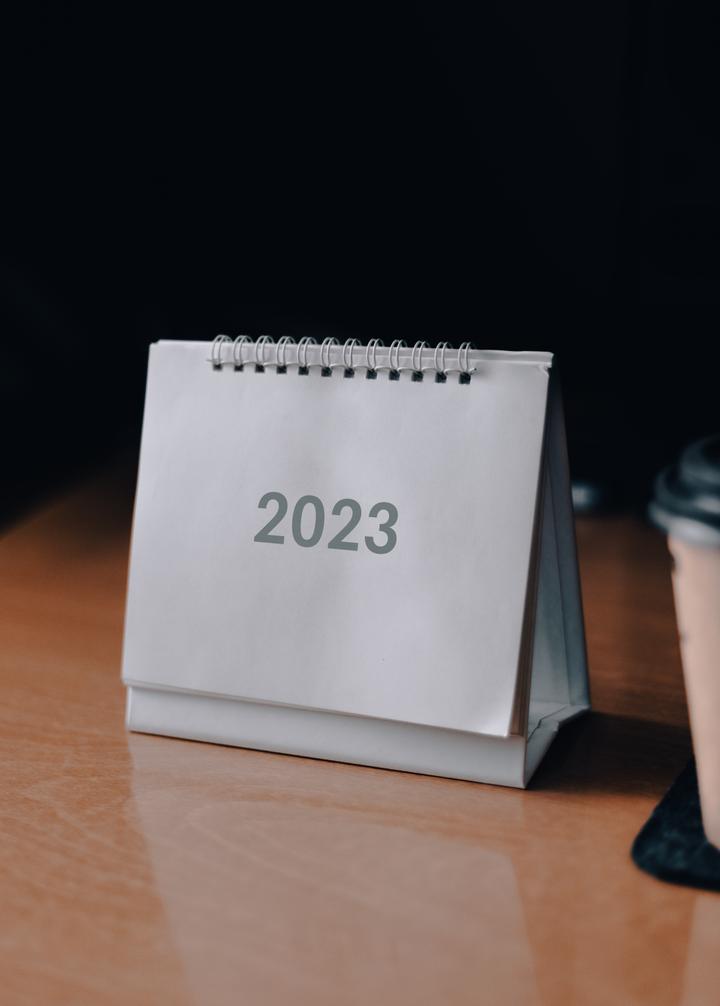Putting 2022 into historical context.
In March of 1962, Wilt Chamberlain set an unbroken NBA record of 100 points in a single game. For the remainder of the season, he averaged only 37 points. Today, rather than fixating on the 63% decline, we remember that night in March as an extraordinary exception, not the rule. Yet in today’s housing market, most headlines focus on 2022’s performance relative to what was one of the most anomalous years in recent memory, rather than historical averages.
The 2010’s began with a post-recession recovery that fueled transaction volume from a low of 4.2 million resale transactions per year to 5.6 million in 2020. Months later, the effects of work-from-home provisions and record low interest rates buoyed the market to north of 6 million transactions in 2021. While 2022 is undoubtedly a slower year for the market, there’s no question that 2021 was an aberration. Industry analyst Mike Del Prete articulates how last year is not a good benchmark, and in fact when compared to the average of the past 10 years, today’s market is only 0.9% below average.
And interest rates? The average 30-year mortgage rate in 2005 was 5.87% and 6.41% in 2006 in the years leading up to the Great Recession. These levels are similar to rates today, even after several rounds of aggressive rate increases by the Federal Reserve. Still, existing home sales reached a record in 2005 with over 7 million transactions.
All this to say, while it is true that the market is going through an adjustment period from last year’s frenzy, headlines using 2021 as a reference point are often exaggerated. Buyers, sellers and agents can all benefit from using a longer-term historical lens and being reminded that 2022 has been anything but mediocre in comparison to most years in recent history.
Join Our Newsletter
Latest Headlines


